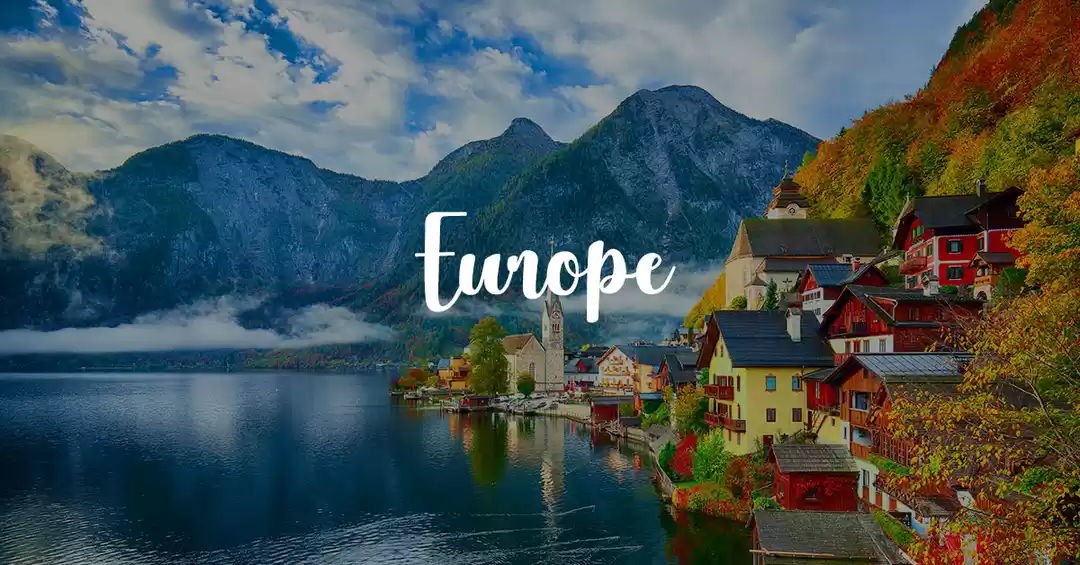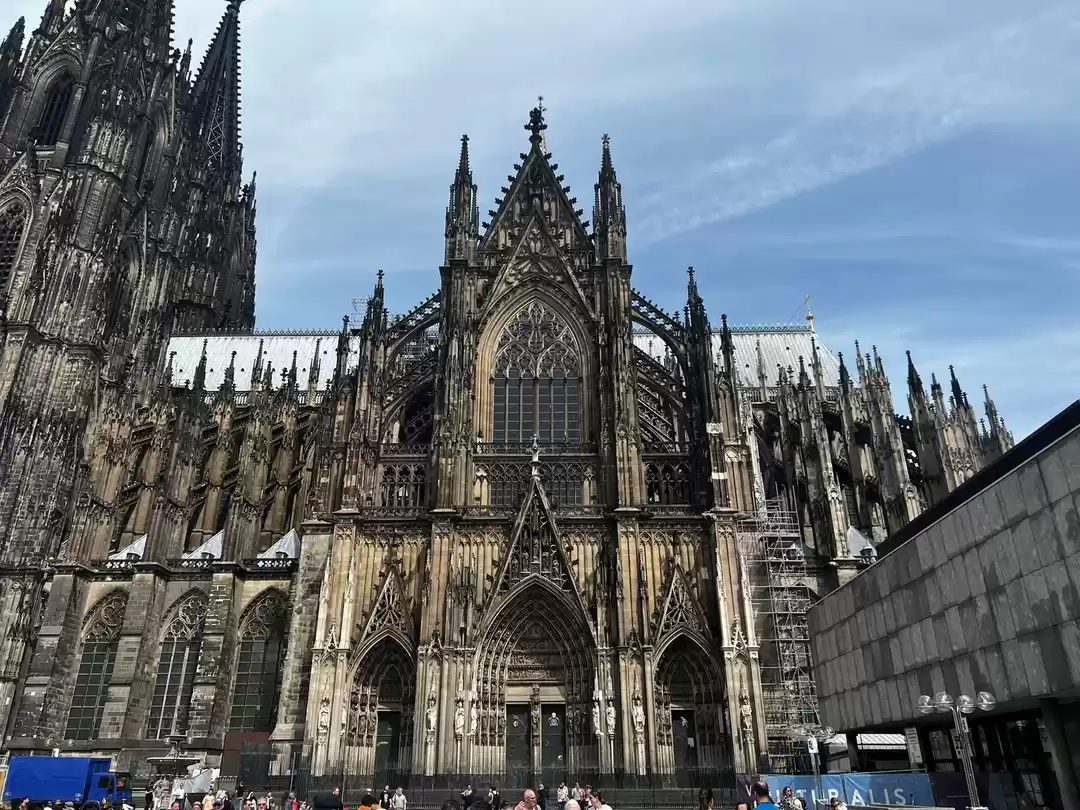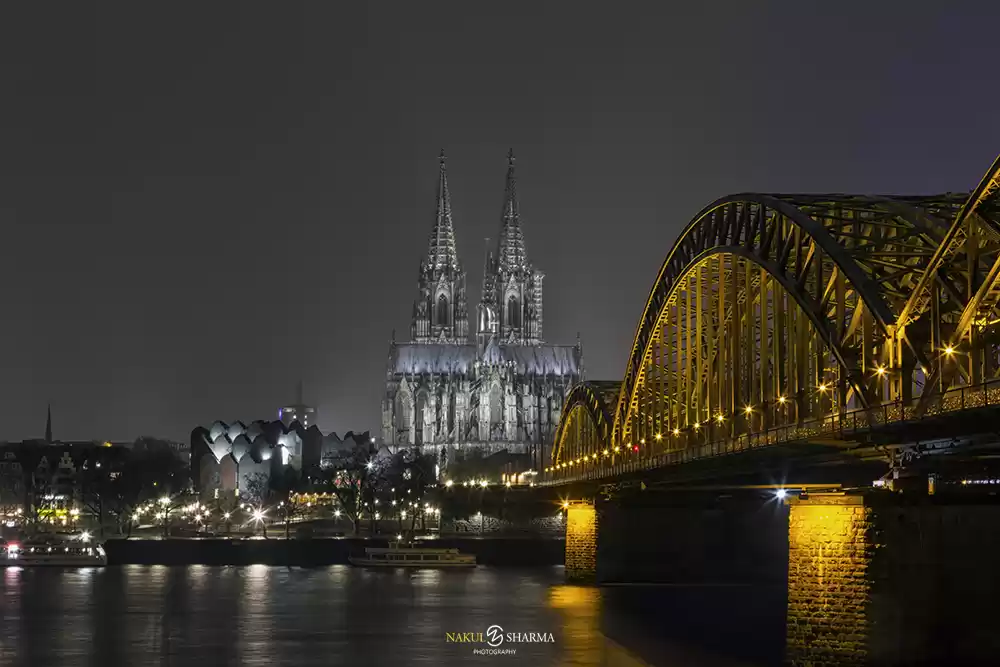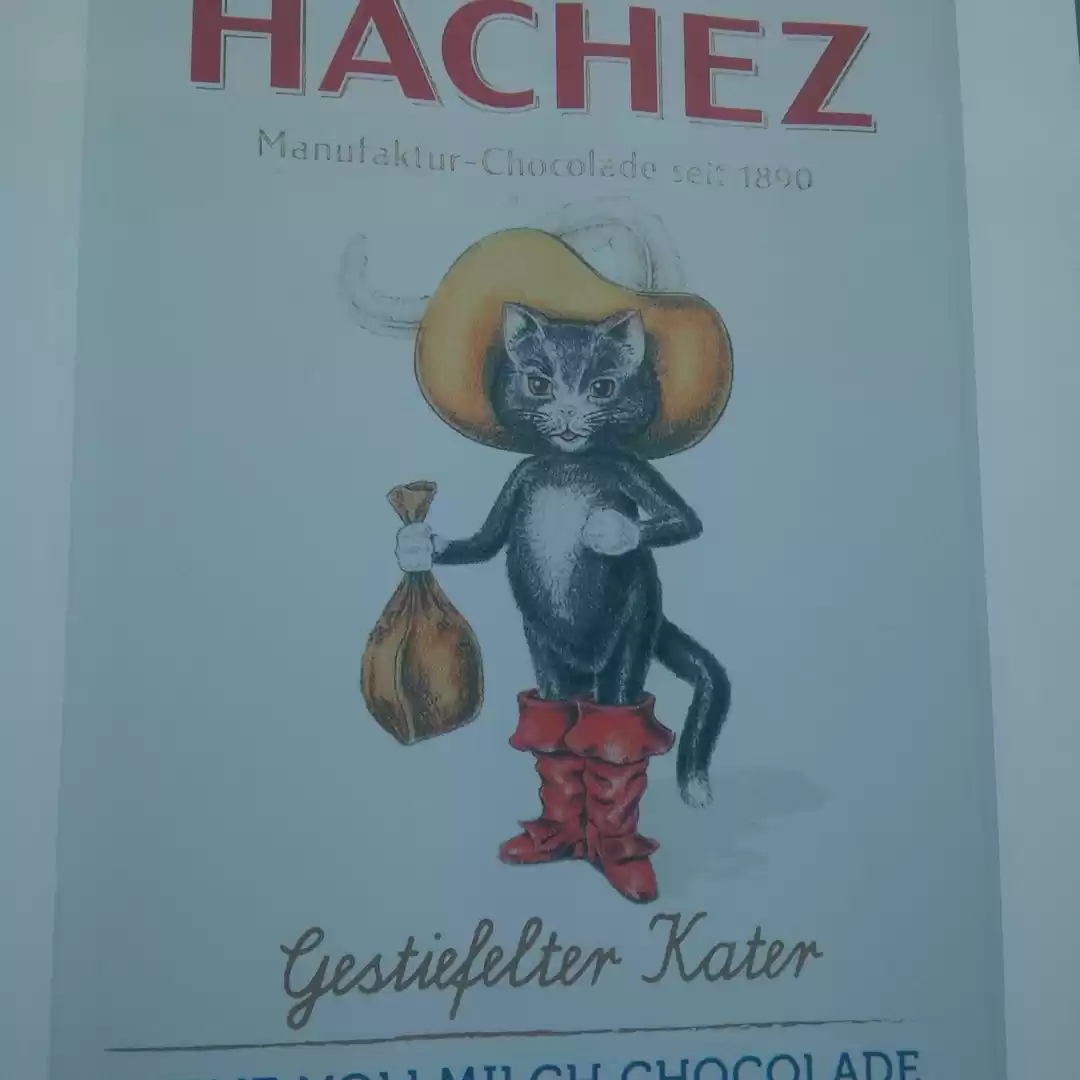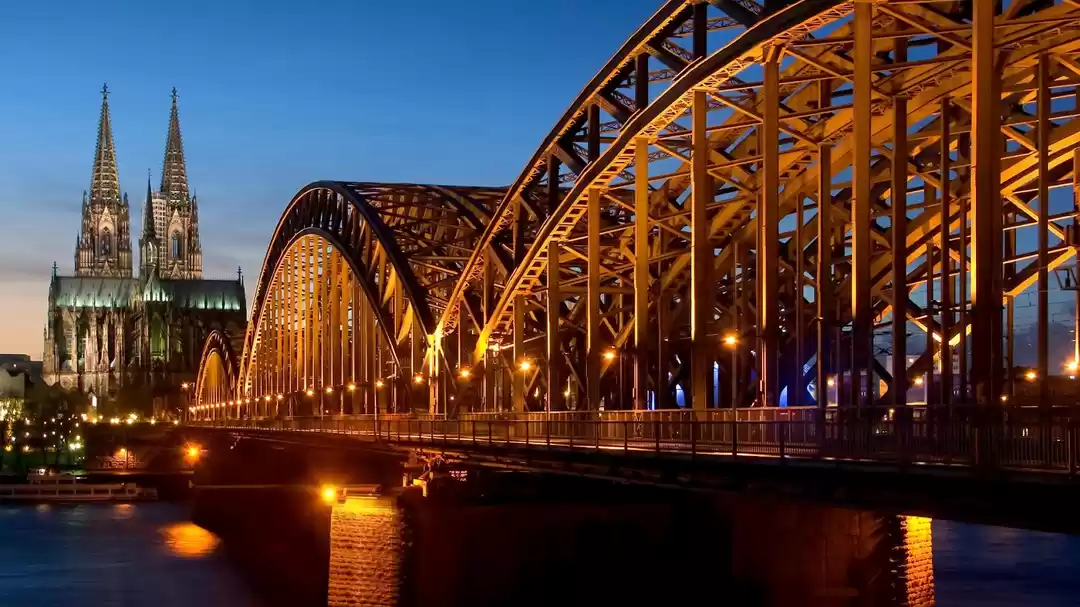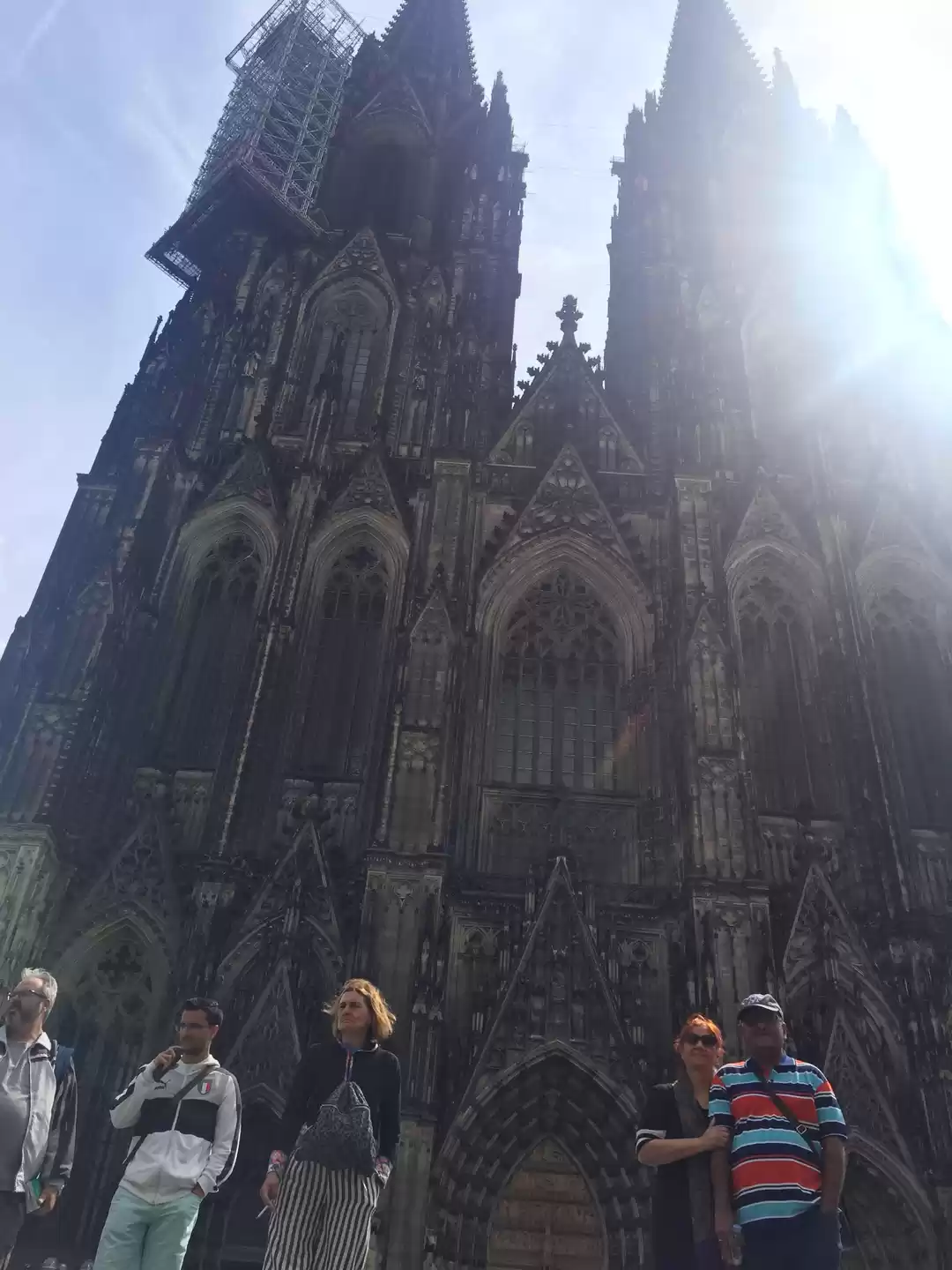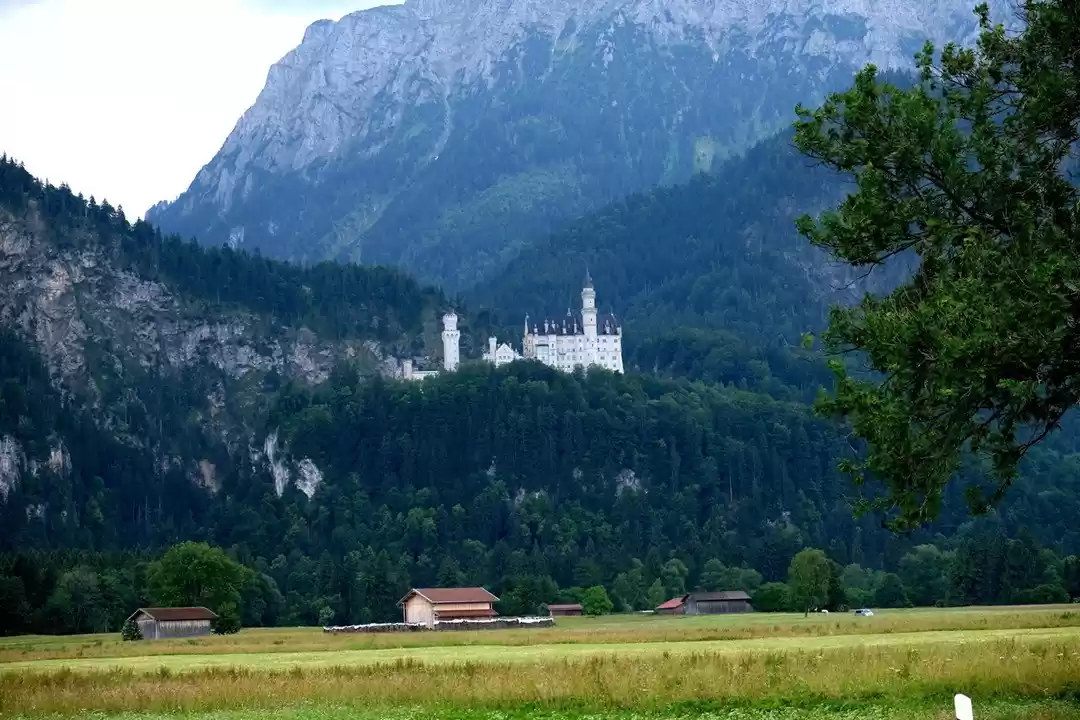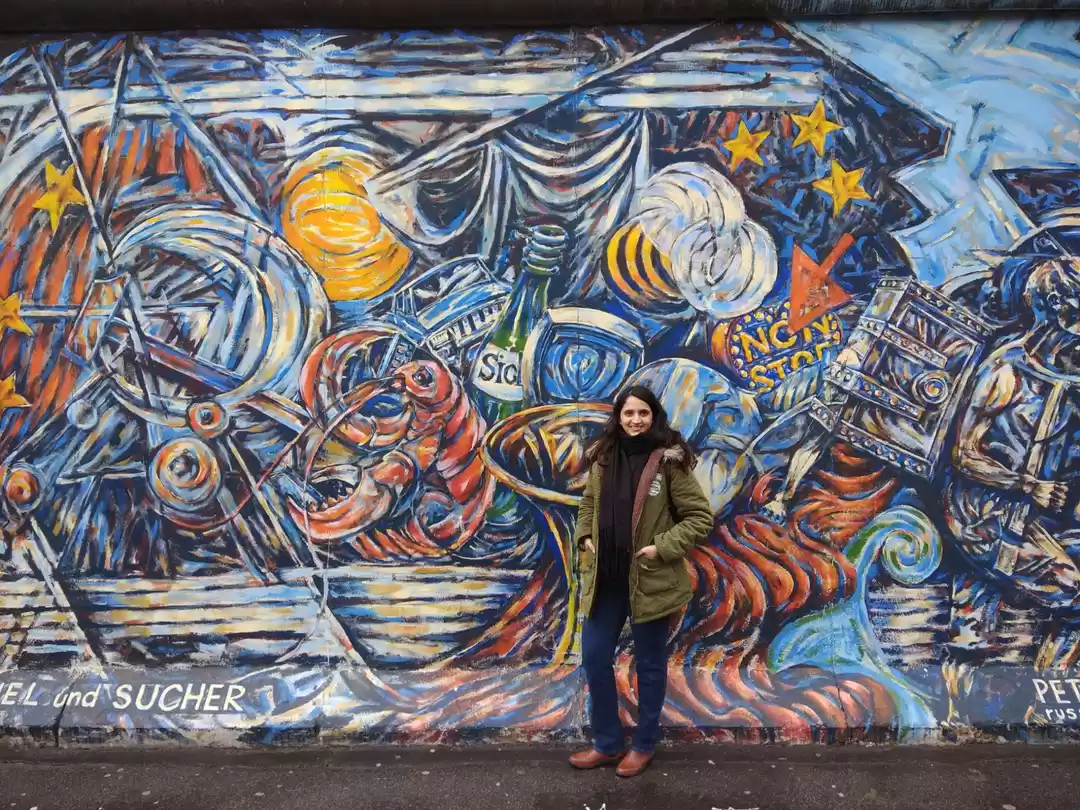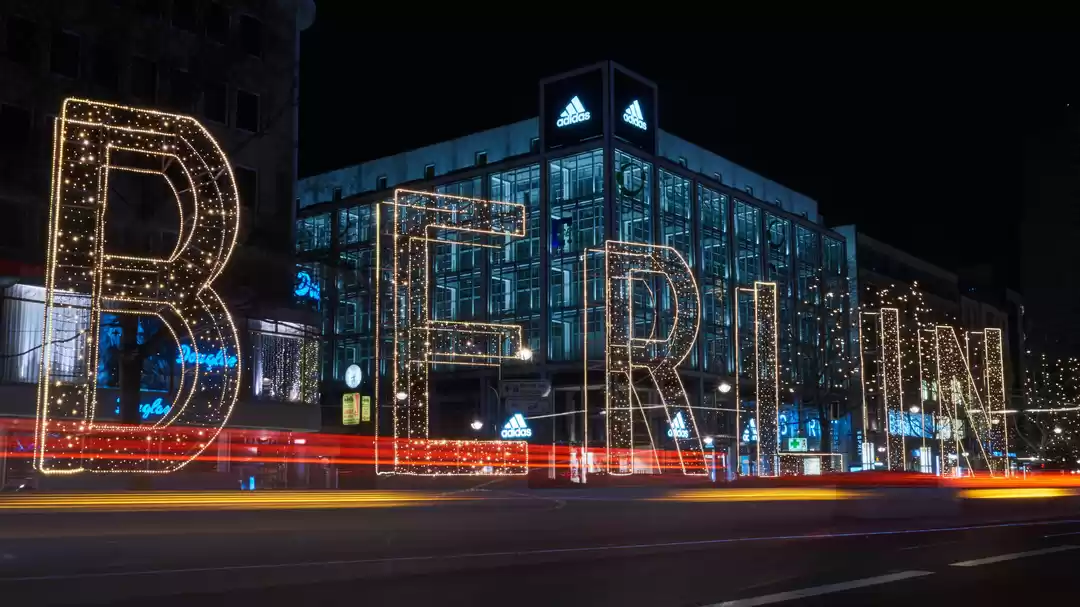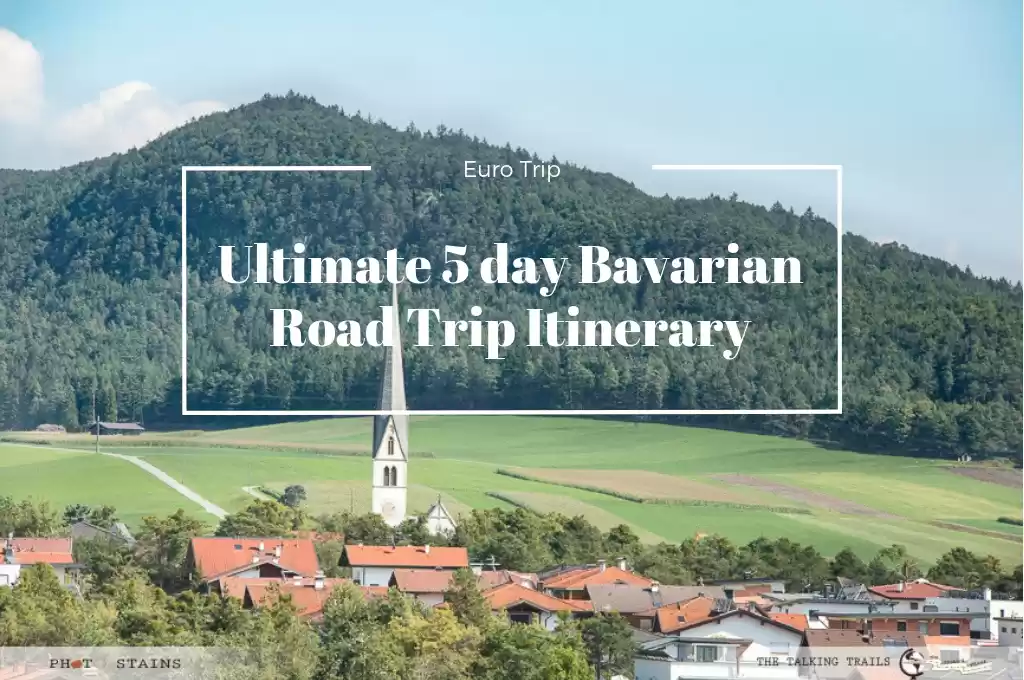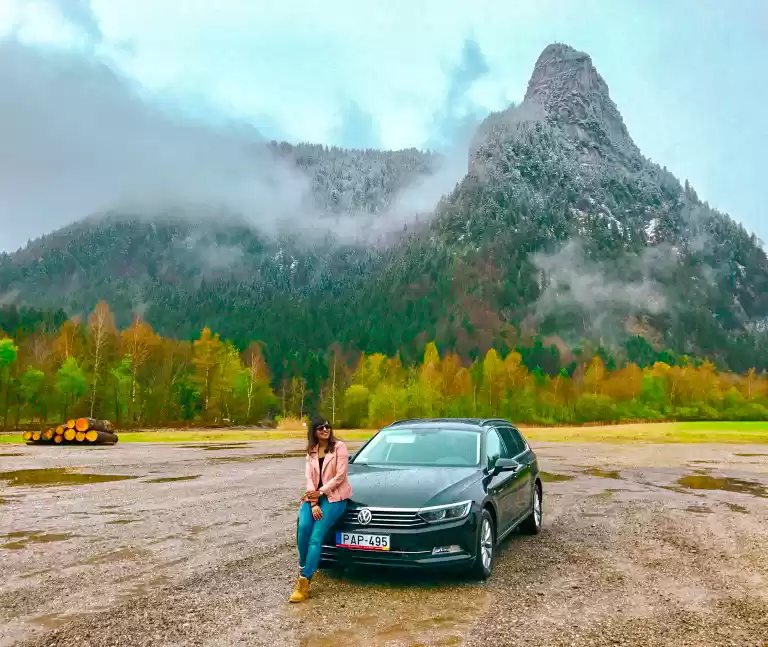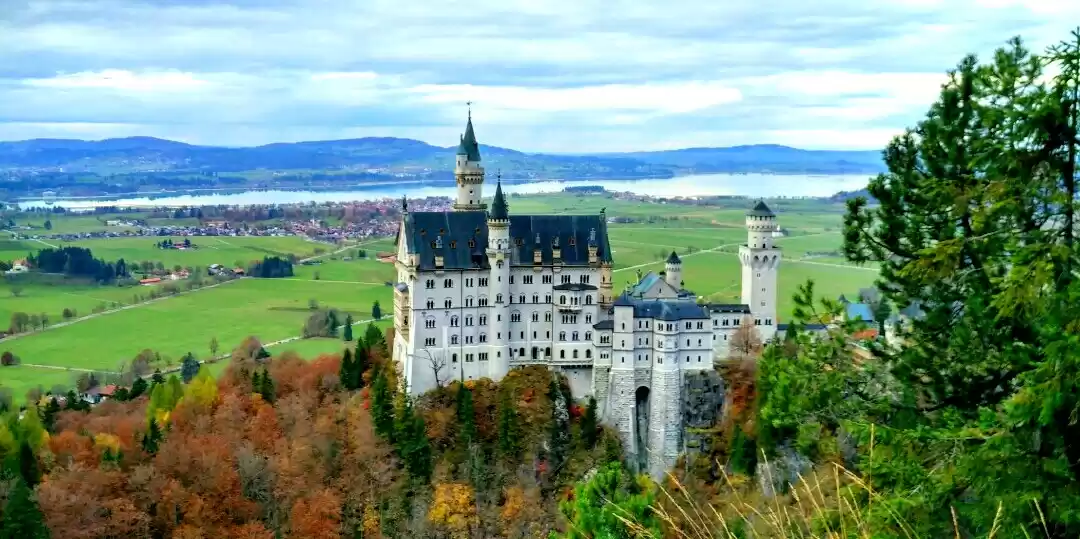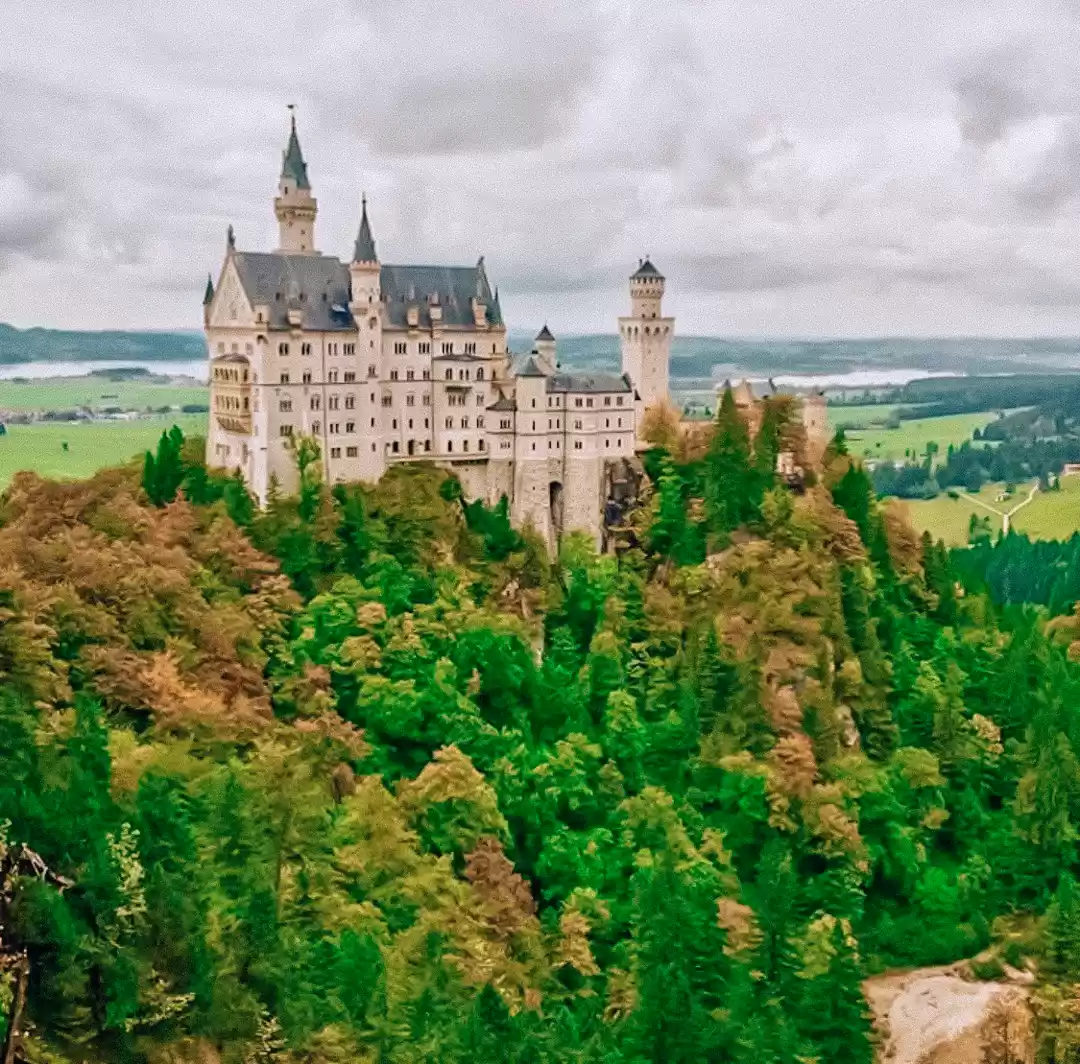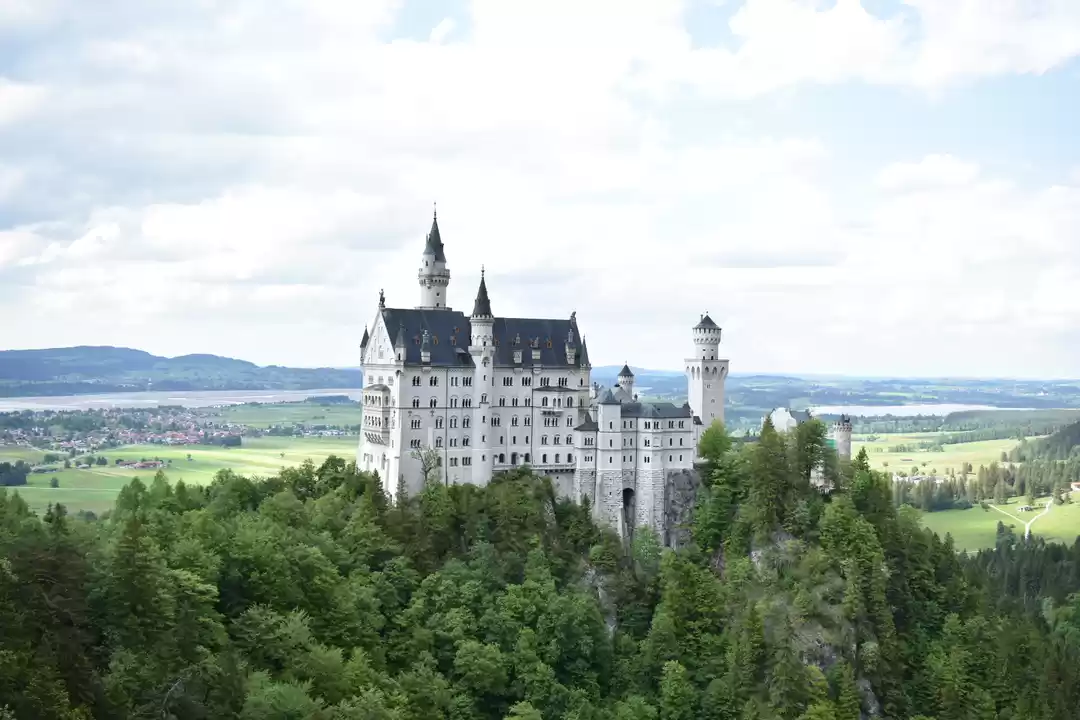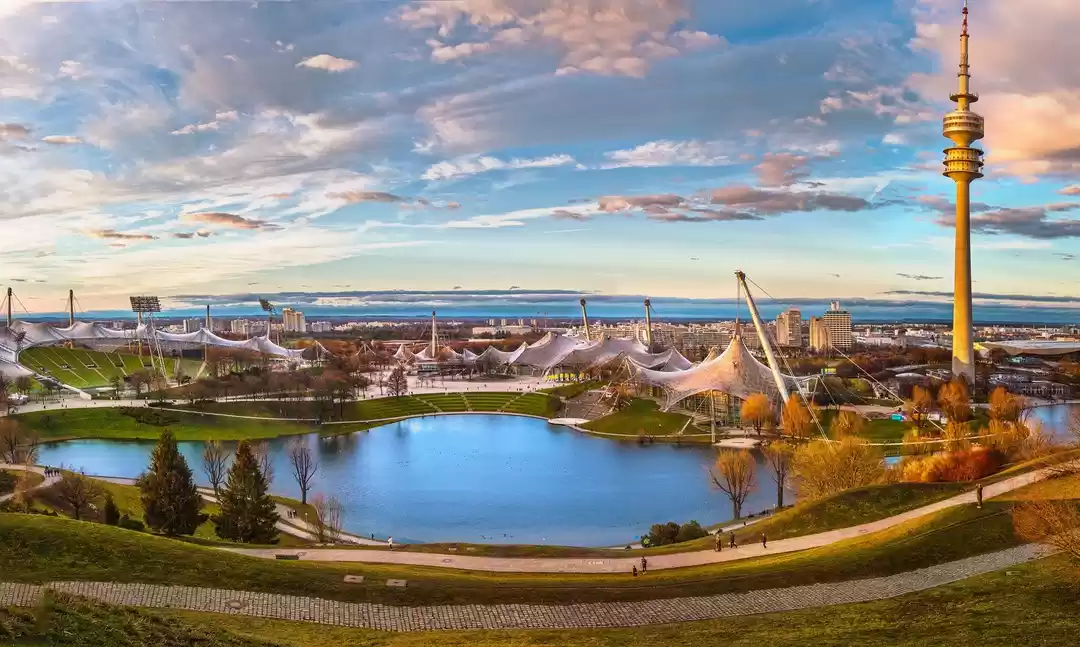
I am writing this post with a heavy heart. It is my last week in Germany, before I say ‘Auf wiedersehen’ (goodbye in German) to this beautiful country and head back to India. To have called Germany my home has been a treasured experience. Germany, to the outsiders, is synonymous with beer and sausages, Oktoberfest and the Berlin Wall. But, travel across Germany and you will be welcomed with a combination of high-tech modernity and skyscrapers (such as in Frankfurt); breathtaking bridges (in Cologne); and the half-timbered houses and villages that transport you to a fairytale.
Germany is a large country with a lot to offer to different kinds of traveller. For the first-timers in Germany, it can be a daunting experience to plan the perfect itinerary, especially if you are travelling only for a week. While it isn’t possible for you to cover the entire country in one trip, here is a suggested itinerary of highlights that you shouldn’t miss on your first trip to Germany:

Munich is a central arrival point for flights across continents and is a good start for travelling around Germany. If you are comfortable driving, the cheapest and quickest option for you would be to rent a car with many of the reputed rental companies such as Sixt, Herzt and Europecar. Remember, that parking charges and hotel rates in city centre can be exorbitant, so try opting for a hotel or a B&B that is outside of the city but also easily accessible. Otherwise, trains in Germany are also very comfortable.
You would need one whole day to explore the main sights in Munich. Marienplatz is a central square in Munich and one of the main attractions. The Old and the New Town Hall and the Olympic Stadium here are must-sees. The English Garden, Munich’s largest park, and the Residence Palace of Munich also attract huge crowds. The Alte Pinakothek is one of the oldest art galleries in the world and home to over 800 European masterpieces from the Middle Ages to the end of the Rococo. For automobile enthusiasts, a trip to Munich is incomplete without a visit to the BMW world.
If you are visiting Munich around the months of September and early October, then make sure you put a visit to Oktoberfest high on your list.
From Munich, the historic city of Dachau and the Dachau Concentration camp memorial site are easily accessible and can be planned as a half-day tour. The camp, a sombre reminder of the atrocities of the Third Reich, is visited by tourists from all over the world.
At the end of your third day in Munich, pack your bags and head to Garmisch-Partenkirchen, where the German Alps will be waiting to take your breath away! Check-in in a resort in the lap of the mountains for the night.

Credit: Ashley Knedler
Wake up to a traditional German breakfast, with a view of the German Alps and get ready to spend the day rejuvenating in nature. Head early to Zugspitze, the highest peak in Germany and enjoy a 360 degree panoramic view of the lofty mountains. Definitely an experience of a lifetime!
Next, tighten up your laces, because we are going hiking in one of the most gorgeous trekking routes in Garmisch – the Partnachklamm! The Partnachklamm (or the Partnach Gorge) is a starting point to many popular hiking routes. The gorge runs 700 meters or 2,305 feet between limestone walls that reach 80 meters (262 feet) high. Not for the fainthearted!
The Eibsee is also a must-see here and is one of the most extraordinary lakes in the region.
Stay overnight in Garmisch.

Leave early from Garmisch and take a train to the world where fairytales come alive. Dreamy, splendid, beautiful, romantic, magnificent…. adjectives fall short when I start to describe the Neuschwanstein Castle.
Set in the beautiful Bavarian Alps of Germany, the Neuschwanstein Castle is a picture that weaves a thousand adjectives around itself — often many falling short to summarize the beauty that it stands for. One of the most popular sites of Germany to the world, the Castle stands tall and proudly so! You would have seen it on the television, or the internet, but you have to see it to believe it’s splendor.
Arrive in Füssen and stay overnight. The town of Füssen lies at the foot of the Alps and forms the last leg of the famous Romantic Road. Füssen can be best explored on foot or bicycle. Nestled in snow-covered towering Alps, the town is surrounded by clear blue lakes — not one, but three — lake Forggensee, lake Hopfensee and lake Weissensee. The waterfall of Lech river will keep you enchanted for hours!
To enjoy the panoramic views, one can check out paragliding options at the Tegelberg Mountain.
There are buses that go from Füssen to the base town of Schwangau. Once you reach this town, you can buy the tickets at the ticket centre for both Neuschwanstein as well as the Hohenschwangau castle. The castles can be viewed only as a guided trip and you would need plenty of time in hand to fully experience. If you are short of time, then I would suggest to just visit the Neuschwanstein Castle. The castle can be reached from the ticket centre via horse carriages, bus or on foot. On your way to the Castle, you will find a path called “Marienbrucke” — the bridge is a narrow one and can be a daunting experience for those afraid of heights. But it offers spectacular view of the Castle.
Stay overnight in Füssen.

Leave early from Füssen to arrive at the home of Cuckoo clocks and blackforest cakes! The Black Forest region is home to many lakes, each beautiful in their own right. If you are pressed for time, then make sure to visit Triberg waterfalls and Titisee.
I would suggest you do a car trip around the Black Forest, because this area is a treasure house for nature lovers. Roll down your windows and let the wind through your hair as you absorb in all the beauty! You would need approximately 3.5 hours via car from Füssen.
There are many little villages and valleys in the region and you can stay in one of the many forest resorts overnight to explore.

Say goodbye to the cuckoo clocks and arrive in a charming fairytale town of Bavaria. Overlooking the Tauber River, Rothenburg is one of the most visited tourist destinations in Germany. Read all about my experience in Rothenburg here.
Spend half a day here and head to Cologne.
Traditional travel itineraries often ignore Cologne. But I suggest that you include this historic city on the Rhein in your plans. Cologne is famous for its churches, the most well known being the Cologne Cathedral. The Roman-Germanic Museum is a fascinating insight into the city’s archaeological past and is only a few minutes’ walk from the Cologne Cathedral.
The city’s Old Town quarters are charming and house quaint alleys lined with traditional houses. Here you will find interesting boutiques, cafes and galleries, all waiting to impress you.

Wake up early to head towards Berlin, approx. 4-5 hours from Cologne via car or fast train. You would easily need two days if you want to see all the important sights in Berlin. Take the Berlin City Tour bus from Alexanderplatz and you can cover the entire city in a few hours. There are four different tour options. We took a combination of two tours — the classic route which took us around the famous landmarks of the city, and the ‘wall and lifestyle’ tour which gave us a chance to explore the former East side (here we saw an original World War II bunker!)
Brandenburg Gate, the German Parliament, Berliner Dom, Museum Island, Berlin Wall and East Side Gallery, Checkpoint Charlie and Fernsehturm are all important city landmarks not to be missed.
The next stop from Berlin is the city of Dresden, situated in a valley on the River Elbe, is akin to a Phoenix. After being destroyed in WWII, the city has reinvented itself and how! The old and the new come together in the modern day Dresden, making the city an important centre of cultural and historical importance. For the city once known as a ‘Jewel Box’, the Frauenkirche still stands tall today as a shining piece. The views from the top of the dome are exhilarating. The Zwinger is a must visit attraction and is a fine example of the Baroque style of architecture.
The Semperoper, Dresden Castle and Brühl’s Terrace are among other popular tourist landmarks.
Make a stopover for the night before heading to Nürnberg.

Much like Dresden, the city of Nürnberg has also been painstakingly restored after being heavily bombed. There’s so much to see and enjoy in this city, from beautiful architecture to museums worth getting lost in, sausages and beer, and an historic old town. The German National Museum, St. Lorenz Church and Frauenkirche are important sightseeing places. Make a wish at the Schönen Brunnen and explore the Kaiserburg.
The city of Nürnberg was a focal ground for the growth of the Third Reich. The former Nazi Party rally grounds are a reminder even today of the dark history.
If you are visiting around Christmas, the city will be enveloped in Christmas cheer as the famous Christkindlesmarkt engulfs the Marktplatz. If you are travelling with kids then I highly recommend theTiergarten Nürnberg, undoubtedly one of the most beautiful zoos I have ever been to. Set in the Lorenz forest, the Zoo houses as many as 2,000 animals from 300 species, in near-natural surroundings. Don’t miss the dolphin show and the flamencos!
It’s the end of the trip! Say Prost (cheers) to Germany and take back lots of memories!



